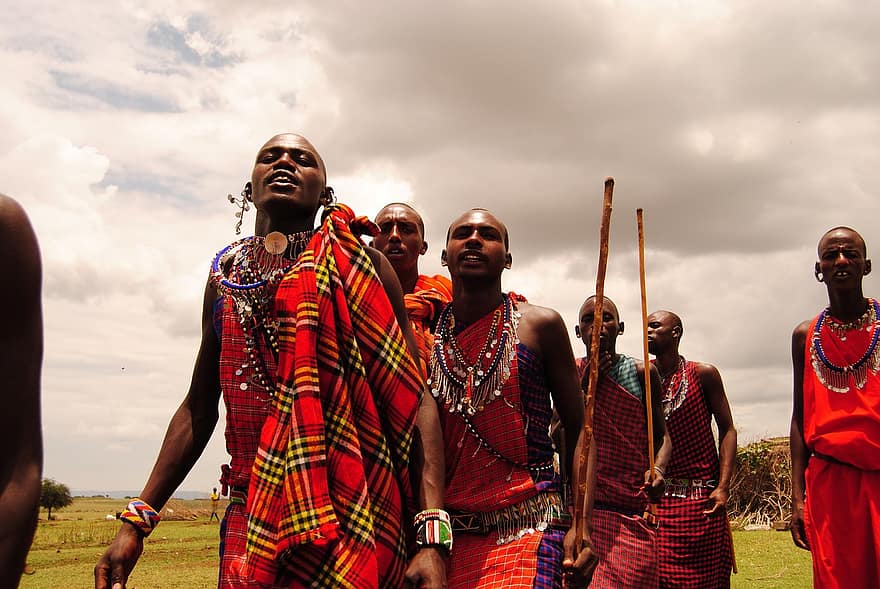The last time we defined culture from an etymological standpoint. This time we’ll do it from a textbook standpoint. If the analysis from the former is correct, then it should correlate perfectly with the textbook definitions.
We’ll make use of some information from Texas A&M University’s website
Some definitions of culture stated there include:
Culture refers to the cumulative deposit of knowledge, experience, beliefs, values, attitudes, meanings, hierarchies, religion, notions of time, roles, spatial relations, concepts of the universe, and material objects and possessions acquired by a group of people in the course of generations through individual and group striving.
Culture consists of patterns, explicit and implicit, of and for behavior acquired and transmitted by symbols, constituting the distinctive achievement of human groups, including their embodiments in artifacts; the essential core of culture consists of traditional ideas and especially their attached values; culture systems may, on the one hand, be considered as products of action, on the other hand, as conditioning influences upon further action.
Culture is the sum of total of the learned behavior of a group of people that are generally considered to be the tradition of that people and are transmitted from generation to generation.
Culture is a collective programming of the mind that distinguishes the members of one group or category of people from another.
Other definitions from other authors include:
Culture is a collective programming of the mind that distinguishes the members of one group or category of people from another—Geert Hofstede
Culture is the shared set of assumptions, values, and beliefs of a group of people by which they organize their common life—Gary Wederspahn
Culture consists in patterned ways of thinking, feeling and reacting. The essential core of culture consists of traditional ideas and especially their attached values —Clyde Kluckhohn
Culture consists of concepts, values, and assumptions about life that guide behavior and are widely shared by people—Richard Brislin & Tomoko Yoshida
Culture is an integrated system of learned behavior patterns that are characteristic of the members of any given society. Culture refers to the total way of life for a particular group of people. It includes [what] a group of people thinks, says, does and makes—its customs, language, material artifacts and shared systems of attitudes and feelings —Robert Kohls
A cursory look at all the definitions reveal the use of similar words that show the strong correlation between mental processes and persuasion, and culture.
In other words, culture is the resulting harvest from consistent cultivation of certain facts, thoughts, and ideas in the human or societal soul (will, mind, emotions, and intellect). This is why we see words like feelings, beliefs, attitudes, values, etc., re-occurring in almost all the definitions. These are all activities and faculties of the soul. The modern phrases used in place of Cicero’s cultivation of the human mind (cultura anima) are:
- collective programming of the mind—Hofstede
- learned behavior patterns—Kohls
- patterned ways of thinking—Kluckhohn
We can conclude, therefore, that the textbook definitions are in agreement with that which we derived from the etymology discussion.
Again culture is important because how we think, i.e., the going ons in our mind, determines our actions, what we value, what we worship, and how we govern in any segment of society.
Thoughts inform words. Our words influence our actions. Actions consistently practiced become habits, and our habits form our character. The same is true of a nation and or continent. Character and Culture are interrelated–Solomon Appiah
If we have already developed a culture that is immoral and adversarial to positive development and progress, the good news is that culture is not static. It is dynamic. That means it can be changed much like habits can also be changed howbeit difficult and requiring a level of sustained discipline.
